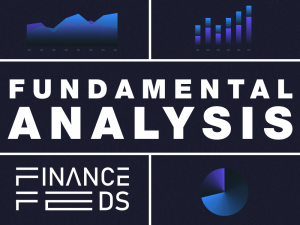Following ISE, Gain Capital’s GTX launches market data binary protocols to ECN clients
Gain Capital Holdings Inc (NYSE:GCAP) through its institutional foreign exchange trading arm GTX, announced today the launch of live market data binary protocols free of charge to clients of its ECN trading platform, according to the press release. The focus is to meet requests from algorithmic traders, including market makers, who can use the protocols […]

Gain Capital Holdings Inc (NYSE:GCAP) through its institutional foreign exchange trading arm GTX, announced today the launch of live market data binary protocols free of charge to clients of its ECN trading platform, according to the press release. The focus is to meet requests from algorithmic traders, including market makers, who can use the protocols to deliver more robust liquidity. “Market participants can achieve a substantial reduction in processing time and memory usage when decoding incoming market data, enabling them to trade and make markets on the ECN more quickly”, states the document.
“We are pleased to provide live market data binary protocols to our most data intensive market participants,” said Steve Reilly, Head of Liquidity at GTX. “Binary market data protocols will expand the utility of the GTX ECN to algorithmic traders, with the goal of providing more robust liquidity to all market participants.”
Although GTX didn’t provide further details, a similar case observed recently was the adoption of a Binary Market Data Interface by the International Securities Exchange (ISE) and the progressive abandonment of FIX FAST Market Data Interface. Comparing both, ISE points to a faster execution, easier and more efficient development, while being less CPU intensive.
The International Securities Exchange went into further detail:
“Faster – The top of book binary feed is, on average, 18 microseconds faster than the top of book FAST feed and the latency gains will be even greater at times of high market activity, such as market opening or at times of market-moving events. Comparable metrics for the ISE Gemini and ISE Mercury feeds are currently unavailable.
Development is easier and more efficient – The binary feeds have simple flat record layouts, which are easier to program to and provides a shorter development cycle. In addition, the binary feeds require fewer processing instructions, which is much more efficient and simplifies development efforts.
Less CPU intensive – The binary feeds are much less CPU intensive for ISE’s options exchanges, and the subscriber because there is no overhead associated with FAST encoding/decoding the data before it can be disseminated and integrated into applications.”









